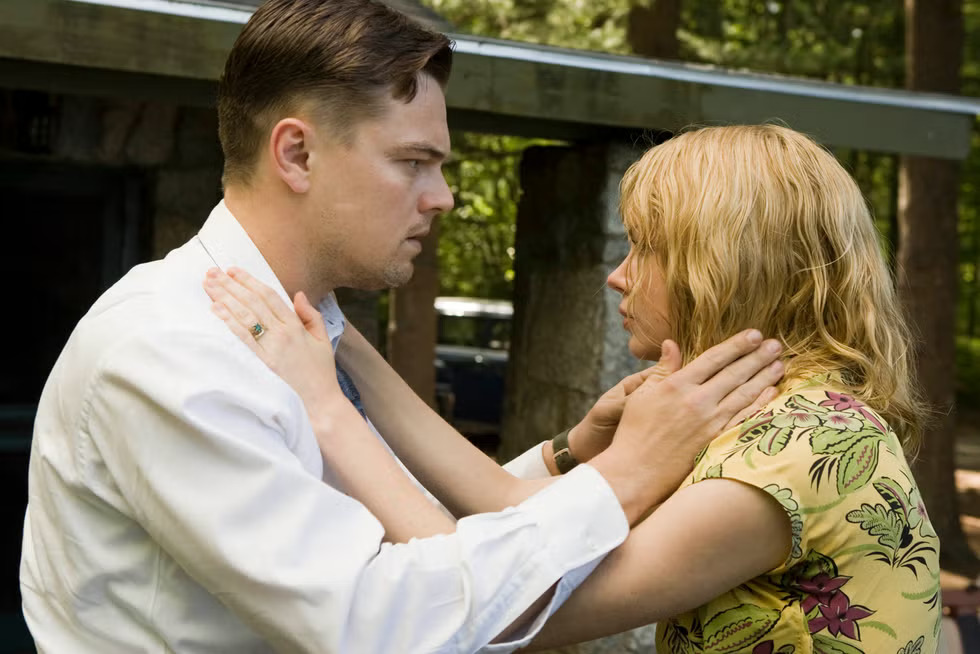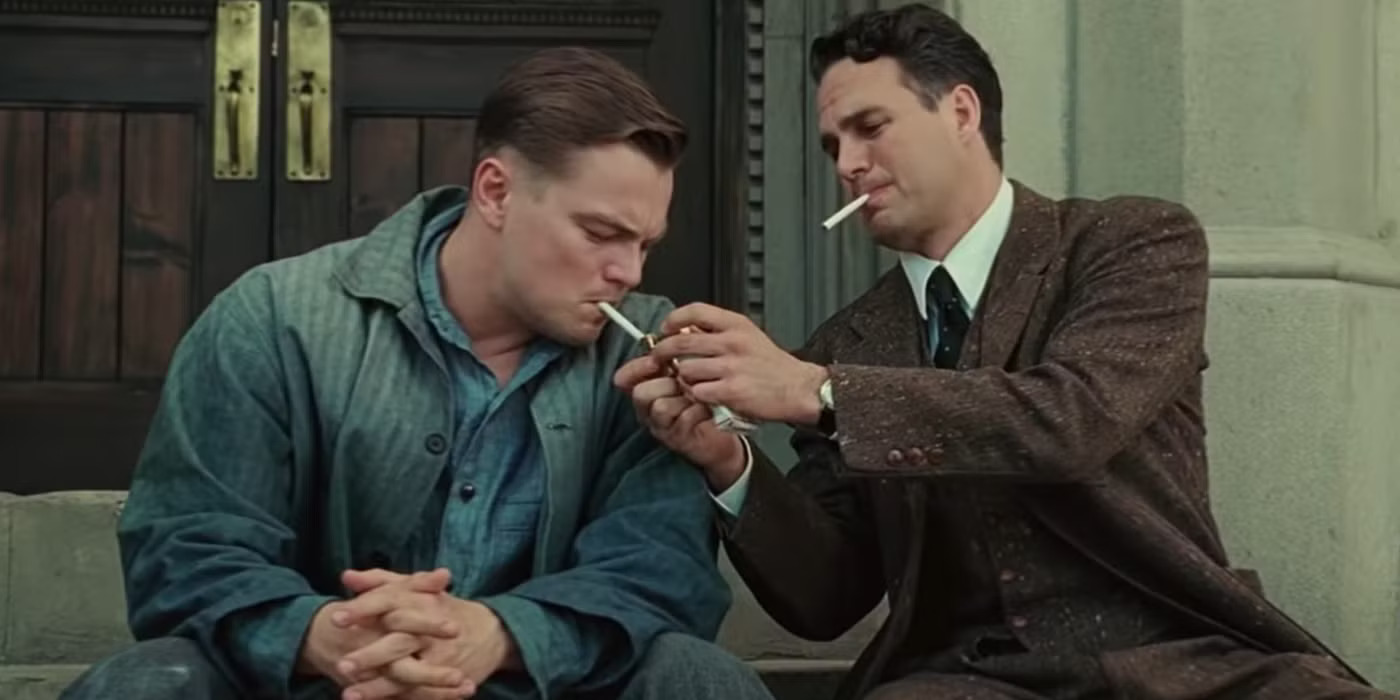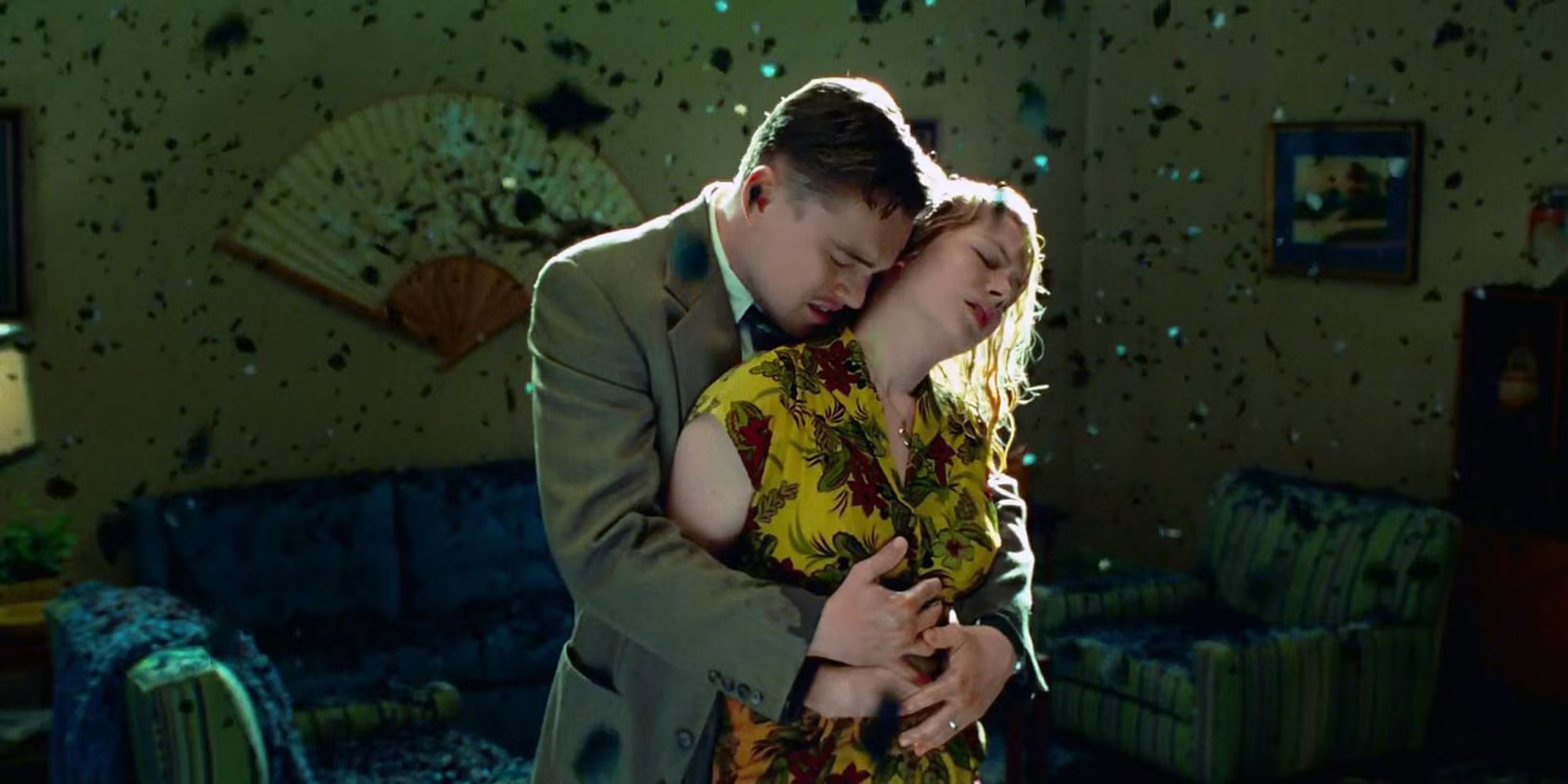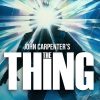Shutter Island is a psychological thriller directed by Martin Scorsese, starring Leonardo DiCaprio as Teddy Daniels, a U.S. Marshal. The story unfolds in the 1950s when Daniels is assigned to investigate the mysterious disappearance of a patient from Ashecliffe Hospital, a mental institution located on Shutter Island.
Teddy believes that the man responsible for his wife’s death, Andrew Laeddis, is on the island and is involved in a grand conspiracy. As the investigation progresses, Teddy’s world begins to unravel, and the film takes the audience on a journey through the complexities of his psyche. The story concludes with a significant plot twist that changes everything.
Upon arriving at the island, Teddy is introduced to his partner, Chuck Aule (played by Mark Ruffalo), and begins his investigation. The case involves a patient named Rachel Solando, who mysteriously disappears from the hospital. Teddy quickly becomes suspicious of the staff and the island’s surroundings, believing that there is more to the hospital’s operations than meets the eye.
Throughout the film, Teddy uncovers what he believes to be cryptic clues pointing toward a sinister conspiracy involving unethical practices like lobotomies being performed on patients.
As Teddy continues to investigate, he discovers a series of unsettling truths about the island and its inhabitants. His obsession with finding Andrew Laeddis, the man who killed his wife, intensifies. However, as the investigation progresses, Teddy’s sense of reality begins to break down. He starts to experience hallucinations, particularly involving his deceased wife Dolores, who encourages him to expose the hospital’s hidden secrets. Despite these visions, Teddy remains committed to finding Laeddis, convinced that the key to solving the case lies in locating this individual.

The Twist: Teddy is Andrew Laeddis
In the climactic moments of the film, Teddy is confronted by Dr. John Cawley (played by Ben Kingsley), who reveals the shocking truth. Teddy is not a U.S. Marshal investigating a mystery; he is, in fact, Andrew Laeddis, the man he has been searching for all along.
Andrew’s wife, Dolores, drowned their three children, and in a fit of grief and rage, Andrew killed her. Unable to cope with this traumatic reality, Andrew created an alternate persona—Teddy Daniels—as a means of escaping the unbearable guilt. His time on the island has been part of an elaborate role-play therapy to help him confront the truth about his actions.
The Final Scene: The Choice to Die as a Good Man
The film’s final scene is poignant and thought-provoking. Andrew, now fully aware of his identity, sits on the steps with Dr. Sheehan (Chuck Aule), reflecting on the realization that he has relapsed into his Teddy persona. Dr. Cawley observes from a distance, awaiting Andrew’s response. Andrew, now faced with the full weight of his tragic past, asks a haunting question: “Which would be worse — to live as a monster, or to die as a good man?” This line encapsulates the emotional core of the film, as Andrew wrestles with his guilt and decides that the only way to end his suffering is by embracing the fantasy of being Teddy once again.
The ending of Shutter Island raises deep psychological and philosophical questions. The film explores the concept of dissociation as a coping mechanism for unbearable trauma. Andrew’s creation of Teddy Daniels is a defense against the guilt of having killed his wife after she drowned their children. This dissociation allows Andrew to temporarily escape the overwhelming pain of his actions, but it is ultimately unsustainable. The film illustrates how trauma can distort the mind, leading individuals to create alternative realities to protect themselves from confronting the truth.
The conclusion of Shutter Island is deliberately ambiguous. While it seems that Andrew has accepted the truth of his past, his final question raises doubts about his level of awareness. Did Andrew fully comprehend the implications of his situation, or was his comment about dying as a good man just another layer of his delusion? The film allows for multiple interpretations, leaving the audience to ponder whether Andrew’s decision to embrace his identity as Teddy is a conscious act of self-preservation or merely a relapse into fantasy.
The strength of Shutter Island lies not only in its complex narrative but also in the performances of its cast, particularly Leonardo DiCaprio. DiCaprio’s portrayal of Andrew Laeddis is both heartbreaking and mesmerizing. He masterfully conveys the anguish and confusion of a man trapped in his own mind, unable to escape the consequences of his actions. The subtle performances of Mark Ruffalo and Ben Kingsley further enhance the film, with Ruffalo capturing the internal struggle of his character, Dr. Sheehan, and Kingsley portraying the compassionate yet conflicted Dr. Cawley.

Psychological Analysis of Andrew Laeddis
From a psychological perspective, Andrew Laeddis’ journey is a study of trauma and mental illness. After losing his children and killing his wife, Andrew’s psyche fractures. His dissociative identity disorder is a direct result of his inability to cope with the trauma, leading him to create the persona of Teddy Daniels as a way of avoiding his past.
The film portrays how mental illness can manifest in complex ways, with Andrew’s delusion serving as a means of avoiding the guilt and pain of his actions. His decision to embrace the delusion of being Teddy Daniels represents his desire to escape from the harsh reality of his life.
The ending of Shutter Island remains open to interpretation, with lingering questions about the nature of reality, trauma, and redemption. Andrew’s fate is sealed with the impending lobotomy, but the film leaves us wondering whether he had any control over his own destiny.
Was his final statement a moment of clarity, or was it just another manifestation of his delusion? Ultimately, Shutter Island is a meditation on the complexity of the human mind, the effects of trauma, and the ways in which individuals struggle to come to terms with their past actions. The film’s unresolved ending ensures that the questions it raises will continue to resonate with audiences long after the credits roll.



